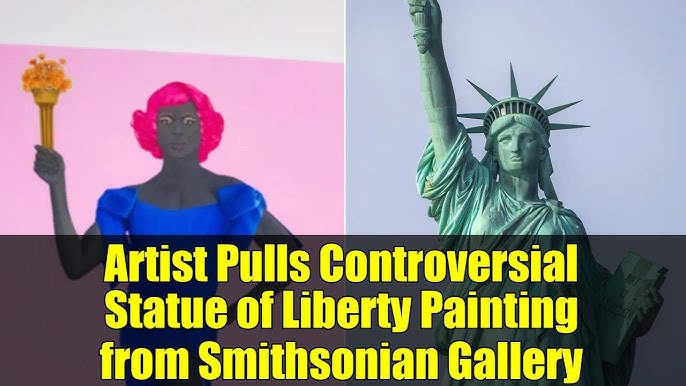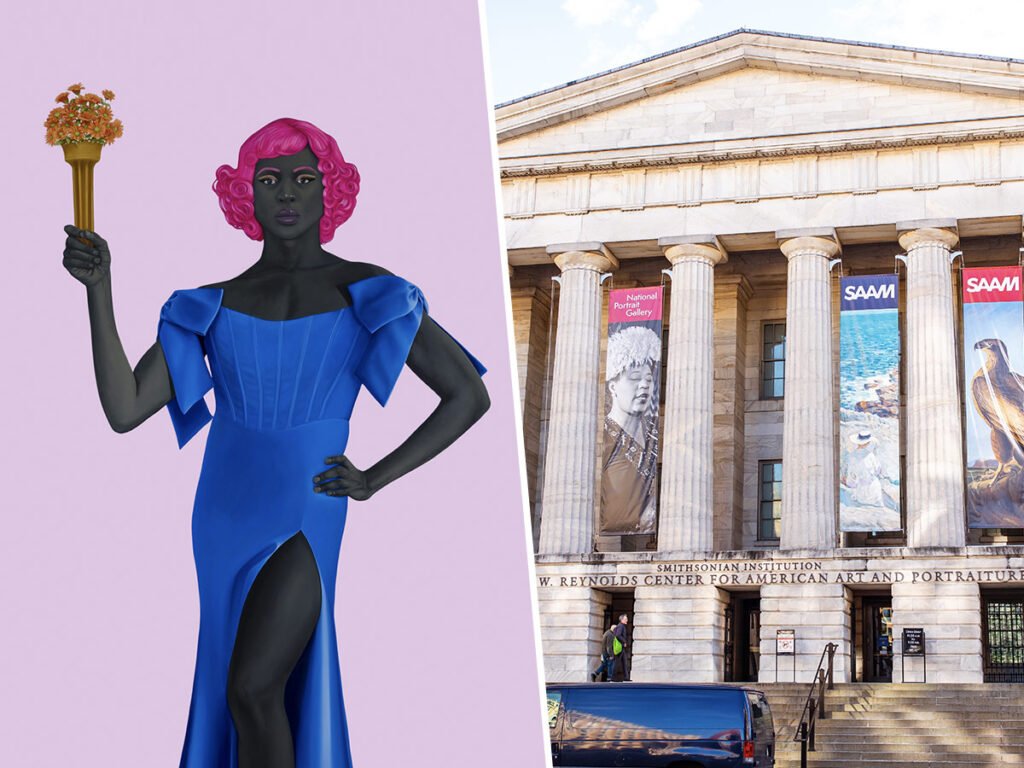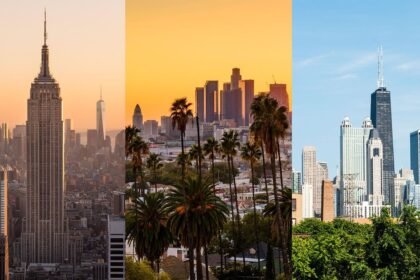Lady Liberty Reimagined: A Contemporary Flashpoint
A powerful new painting by artist Amy Sherald is reigniting debates over national symbols. The Statue of Liberty now stands at the center of modern culture wars. In her work Trans Forming Liberty, Sherald portrays Lady Liberty as a Black transgender woman. The piece challenges traditional views of liberty, identity, and national history.

Sherald is best known for painting the official portrait of First Lady Michelle Obama. She created this piece for her exhibition at the Smithsonian’s National Portrait Gallery. However, she withdrew the entire exhibition in protest. Her decision followed growing pressure over the painting’s political implications. Critics linked the work to President Donald Trump’s recent executive orders targeting so-called ‘divisive’ ideologies. Sherald called her withdrawal a stand against what she described as ‘a culture of censorship.'”
How Art Fuels the Statue of Liberty Culture Wars
The painting features Arewà Basit, a non-binary trans-femme model, dressed in an ultramarine gown with fuchsia hair, replacing Liberty’s torch with Gerbera daisies—a symbol of hope. Rendered in Sherald’s signature greyscale technique, the image encourages viewers to look beyond race and question how cultural symbols evolve in meaning over time.

Sherald’s reinterpretation challenges the statue’s deeper legacy, which many have long debated. From suffragettes who saw irony in a female figure representing liberty without voting rights, to conservatives who objected to its message of openness to immigrants—the statue has never been ideologically neutral.
Public Symbols in Conflict: Statue of Liberty and the Culture War
Controversy over Trans Forming Liberty follows the Biden-to-Trump shift in cultural policy. Under a 2025 deadline, federal institutions—including Philadelphia’s Independence National Historical Park—must ensure exhibits align with “unifying American values.” Critics warn this could lead to censorship or the erasure of uncomfortable truths about U.S. history, including slavery and Indigenous displacement.

Despite being sidelined from public galleries, Sherald’s painting is now displayed at the Whitney Museum in New York. Ironically, its exclusion from a federal institution has amplified its visibility, proving that censorship often backfires.
Symbolism That Endures
Gustave Eiffel engineered the Statue of Liberty, and France gifted it to the U.S. in 1884. He designed its flexible iron framework to withstand the elements. That flexibility now seems metaphorical: her symbolism, though contested, has proven resilient. As America debates what freedom looks like, Sherald’s work insists on a broader, more inclusive vision—one that reflects the nation’s evolving identity. Statue of Liberty culture wars.




